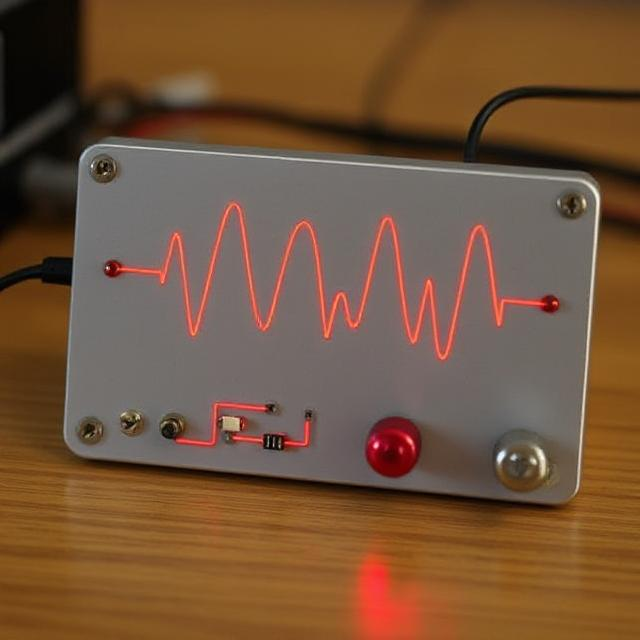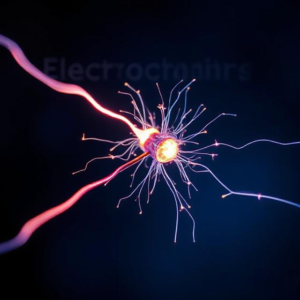Electricity powers our world, from smartphones to light bulbs to computers. To grasp how it functions, we must first understand three fundamental electrical quantities: voltage, current, and resistance. These concepts form the foundation of all electrical circuits.

1. Voltage (V)
Also called: Potential Difference
Unit: Volts (V)
Symbol: V
What is Voltage?
Voltage is the force or pressure that drives electric charges to move through a circuit. Think of it as the push that gets electrons flowing, similar to water pressure in a pipe.
- Higher voltage means a stronger push, resulting in more electron movement.
- No voltage means no current flow.
Analogy
Imagine voltage as the water pressure in a hose. Greater pressure causes more water to flow, just as higher voltage enables more electrons to move.
2. Current (I)
Unit: Amperes (A)
Symbol: I
What is Current?
Current is the flow of electric charges, typically electrons, through a conductor like a wire. It measures how many electrons are moving in the circuit. By convention, current is described as flowing from the positive side to the negative side of a circuit.
Analogy
If voltage is the pressure pushing water through a hose, current is the volume of water flowing.
- High current indicates many electrons moving.
- Low current means fewer electrons are flowing.
3. Resistance (R)
Unit: Ohms (Ω)
Symbol: R
What is Resistance?
Resistance is the opposition to the flow of current in a circuit. It acts to slow down the movement of electrons. Different materials affect resistance differently:
- Materials like rubber have high resistance, impeding electron flow.
- Materials like copper have low resistance, allowing easier flow.
Analogy
Resistance is like a narrow pipe that restricts water flow. Greater resistance reduces the amount of current that can pass through.
Relationship Between Voltage, Current, and Resistance – Ohm’s Law
The interaction of voltage, current, and resistance is described by Ohm’s Law, a fundamental principle in electronics. The formula is:
V = I × R
Where:
- V = Voltage (in Volts)
- I = Current (in Amps)
- R = Resistance (in Ohms)
Examples
- If voltage increases while resistance remains constant, the current increases.
- If resistance increases while voltage stays the same, the current decreases.
Real-Life Examples
| Device | Voltage Source | Resistance Present | Current Flow? |
|---|---|---|---|
| Flashlight | Battery | Bulb | Yes |
| Phone Charger | Wall outlet | Phone circuits | Yes |
| Light Bulb | Battery or outlet | Filament | Yes |
Key Points to Remember
- Voltage is the push that drives electrons.
- Current is the flow of electrons.
- Resistance is the blockage that resists electron flow.
- Higher voltage leads to more current, assuming resistance remains unchanged.
- Higher resistance reduces current, assuming voltage remains unchanged.
Quick Quiz
- What unit is current measured in?
Answer: Amperes (A) - What happens to current if resistance increases?
Answer: It decreases - What is the formula for Ohm’s Law?
Answer: V = I × R
Summary
Mastering the concepts of voltage, current, and resistance is the first step toward understanding electronics. These three quantities interact in every electrical circuit, governed by Ohm’s Law. With this knowledge, you can begin to explore how circuits operate and even design your own.











